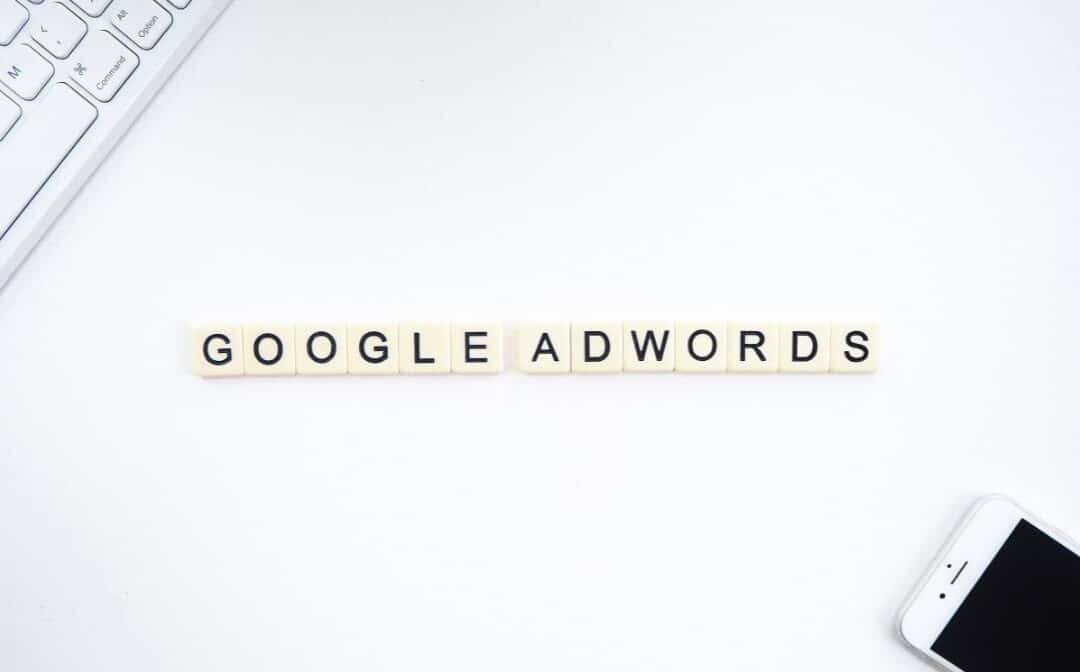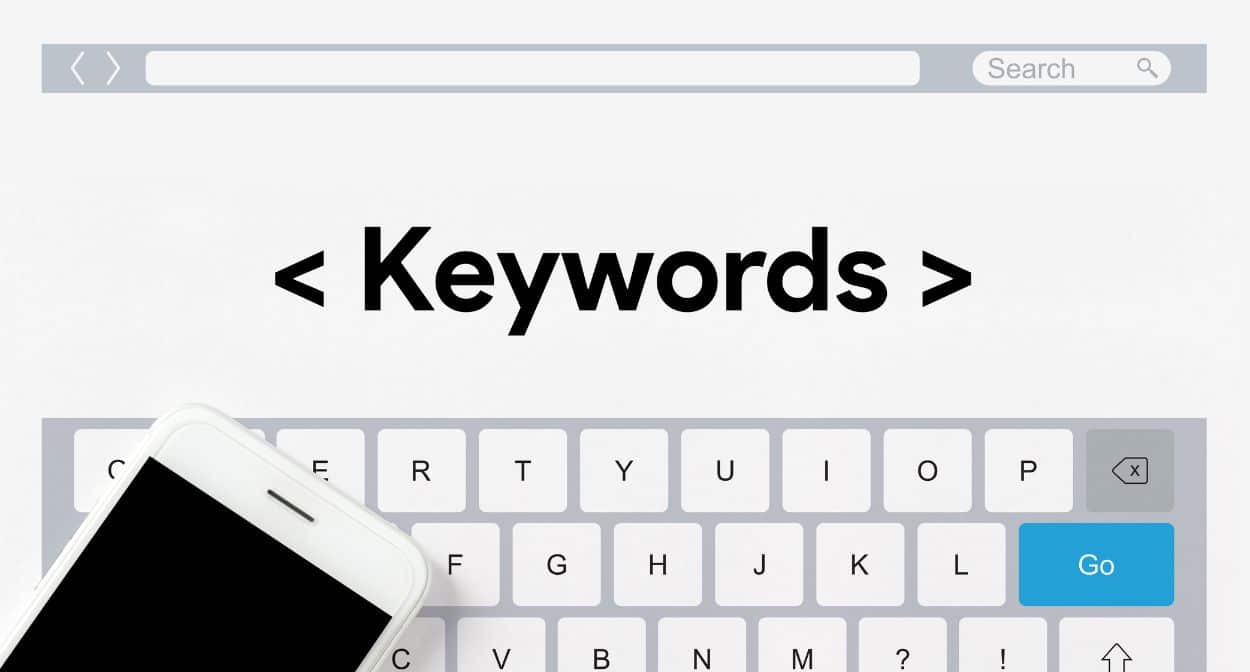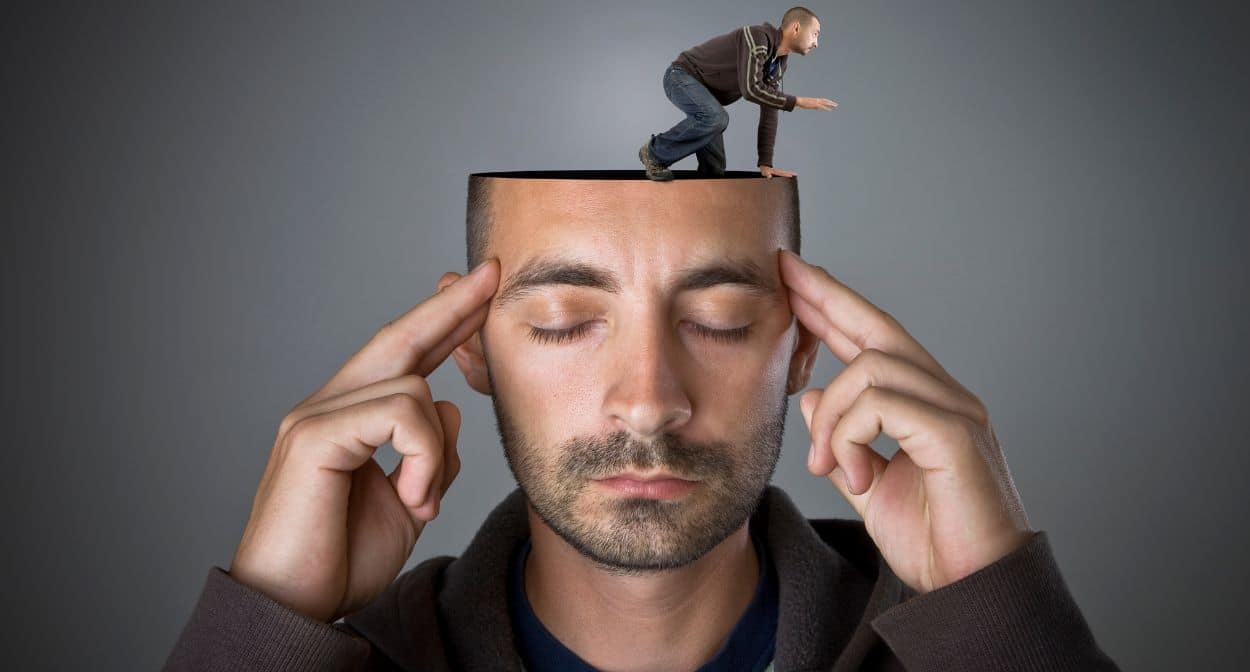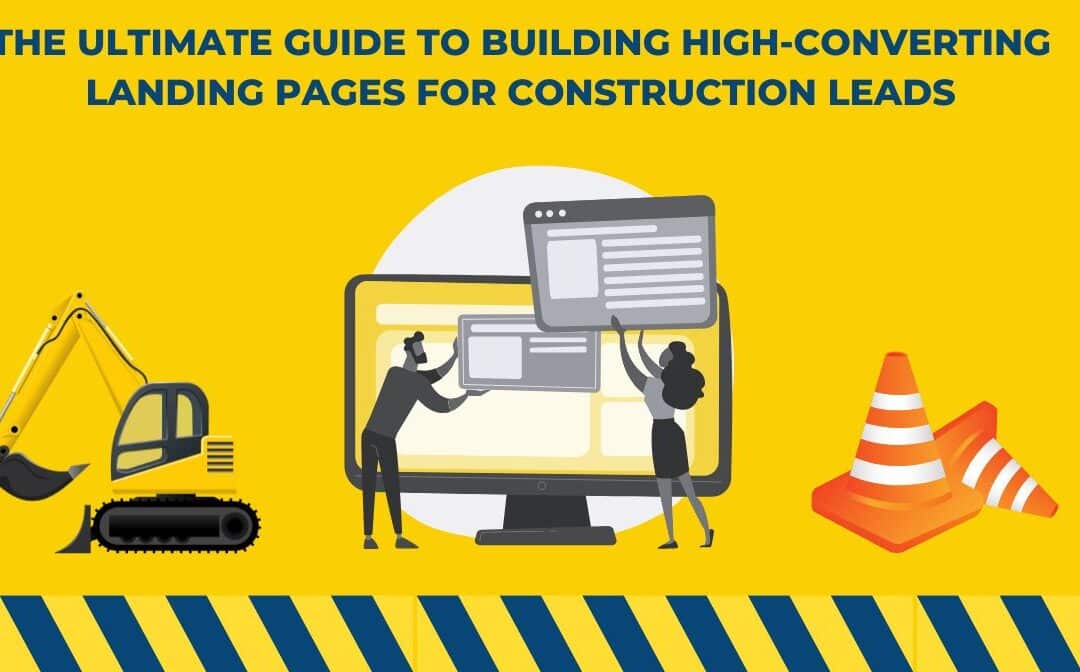
The Ultimate Guide to Building High-Converting Landing Pages for Construction Leads
Why Landing Pages Matter for Construction Leads
As a construction business today, you face no shortage of competition. From major corporations to independent contractors, staying visible and winning new projects requires a compelling online presence.
Simply having a website is no longer enough.
You need to actively engage potential customers and capture leads on an ongoing basis.
That’s where targeted landing pages come into play. These dedicated pages focus on generating leads from online traffic through clear messaging, strong calls to action, and delivery of value.
They serve as high-impact “first impressions” that move visitors closer to contacting your business.
But not all landing pages achieve the same impact or ROI.
Getting lost clicks from ads or search engines can lead to wasted dollars.
Low conversion rates from large volumes of traffic mean missed opportunities.
With this guide, we’re going to cut through the complexity to share practical insights on crafting results-driven landing pages specifically for construction lead generation.
You will learn about:
- Understanding audience concerns, motivations, and decision journey
- Defining goals and calls to action for your business
- Creating content optimized to convert more visitors
- Continuously improving performance through A/B testing
Let’s get started exploring the key science and strategy behind high-performing landing pages that turn more clicks into more contracts.
The next section will dive into understanding your target audience and buyer persona for tailored messaging…
Understanding Your Target Audience and Buyer Personas

The foundation of any successful marketing effort is understanding your audience.
This applies for landing pages as well – you need clarity on who your potential customers are in order to create content that resonates.
Targeting an Audience
Construction serves many categories of clients, ranging from homeowners planning renovations to developers building commercial properties.
You may focus on certain verticals based on your capabilities and experience.
Carefully analyzing the customer journey for each target buyer group is crucial.
Ask these discovery questions through market research, past project clients, and internal team input:
Demographic Questions
- Who purchases my services now? Age, gender, income range
- What is their role? Homeowner, procurement manager, architect
Pain Points
- What keeps them up at night about construction projects? Timelines? Overages? Disruption? Permitting?
Motivations & Desires
- Why do they want to undertake projects? Expanding family, lifestyle upgrade, office growth
Decision Journey
- How do they look for providers? Get referrals, search online, use associations
- What objections come up? Price, experience, communication
- What closes the deal? Reviews, portfolio, personality fit
Compile the key intel into “Buyer Personas” – archetypes of your ideal customers.
Give them a Name and Bio
Then name should cover their pains and motivations.
Referring to these will help guide your landing page content and messaging priorities.
For example, if homeowners planning kitchen remodels represent a major target audience, outline that persona.
What matters most to them?
- Anticipating issues?
- Staying on budget?
- Limited disruption to their household?
With audience intelligence gathered, we can next define goals and calls-to-action…
Setting Clear Goals and Defining KPIs

With your buyer personas clarified, the next step is defining what you want visitors to your landing page to do once they arrive.
Setting clear goals and calls-to-action is crucial for shaping page design and content priorities.
Typical goals for construction landing pages include:
- Getting contact/lead information – Calls, form fills, downloads that capture info to follow up on
- Driving phone calls – Speaking to sales team directly to advance opportunities
- Building awareness and subscriptions – For newsletter sign-ups or future marketing
Getting crystal clear on the exact conversion action you want visitors to take allows proper page optimization.
This primarily comes down to your headline, supporting content, and most importantly – your call-to-action (CTA).
CTAs include buttons for actions like:
- Request a Quote
- Book a Consultation
- View Case Studies
- Download Checklists
Once you define the goals, also determine key performance indicators (KPIs) to track how well your page converts visitors.
KPIs to consider include:
- Bounce rate
- Time spent on page
- Clicks on CTAs
- Form submission rate
- Phone call volume
Measuring the right KPIs allows you to continually refine your landing pages for improved performance.
It also helps you determine positive ROI from any paid ads driving visitors to the landing experience.
In the next section, we’ll cover optimizing content and design to hit your goals…
Designing a High-Converting Landing Page

With clear goals defined, now focus on crafting an exceptional landing page experience that compels visitors to convert through engaging content, strong visuals, and clear calls-to-action.
While many elements impact performance, prioritize these for conversions:
Attention-Grabbing Headlines
Your headline appears front and center. It should stop scrolling visitors in their tracks by addressing pain points or promising your solutions.
For example “Tired of Construction Delays? We Deliver 98% of Projects Early.”
Relevant Visuals
Show don’t tell. Images, client videos, previous project examples, and area photos make services tangible while building trust. Optimize visuals for mobile.
Articulating Your Value
Succinctly communicate your unique advantage – could be years in business, award-winning work, expertise with complex projects, sustainability focus, etc. This positioning headline grabs attention while supporting content expands on what sets you apart.
Social Proof
Over 75% of potential customers will check reviews before contacting companies. Include testimonials, portfolio samples, and third-party review badges. These credibility indicators encourage conversions.
Clear Calls-To-Action
Calls-to-action allow customized messaging based on your goals. “Request Quote” for form fills. “Call Now for Offer” to drive calls. Contrasting colors draw attention.
Continual testing of page content and design is required to maximize performance. But first supplying value to potential customers via excellent landing experiences begets conversions and lead generation.
Lead Magnet Magic
- Offers they can’t refuse: Give them something valuable in exchange for their contact information. Free consultations, downloadable project guides, or personalized estimates are irresistible incentives.
- Frictionless opt-in: Make it easy to sign up. Short forms, secure data collection, and mobile-friendly opt-in processes are key.
- Tailored to their desires: Target your lead magnets to specific pain points. Offer a “Kitchen Renovation Budget Calculator” or a “Stress-Free Construction Checklist.”
In the final section we will cover optimizing through testing…
Continually Testing and Optimizing Your Page

Designing an exceptional landing page is only the first step.
To maximize conversions over time, you need to continually test and optimize page content based on performance data.
A/B Testing
A/B testing means putting two different versions of elements, like headlines or CTAs, to the test by splitting traffic between them and tracking engagement. For example, which of two headlines garners more clicks for driving phone calls? The better performing option remains live.
Monitoring Metrics
Leverage your defined KPIs to measure page performance. Analytics tools like Google Analytics make it easy to gain visitor insights. Review weekly or monthly for trends and optimization opportunities.
Iteration
Treat landing page optimization as an ongoing process, not a one-time task. What engages audiences today might not be as effective a year from now. Regularly update content blocks or layouts that underperform to keep increasing conversions.
While building your page with audience knowledge and design best practices sets the foundation, analyzing performance data and responding with iterative tests is what will take results to new heights.
Conclusion and Final Thoughts
In closing, specialized landing pages allow construction firms to capture more visitor information and increase lead generation results from their online presence.
But simply having another webpage is not enough. With the strategies covered in this guide you can realize performance well above the industry average.
Landing pages might seem insignificant, but done right they become powerful engines for turning interest into measurable opportunities.
As competition for winning projects increases across the construction sector, sharpening your lead gen edge can help significantly grow your customer pipeline.
